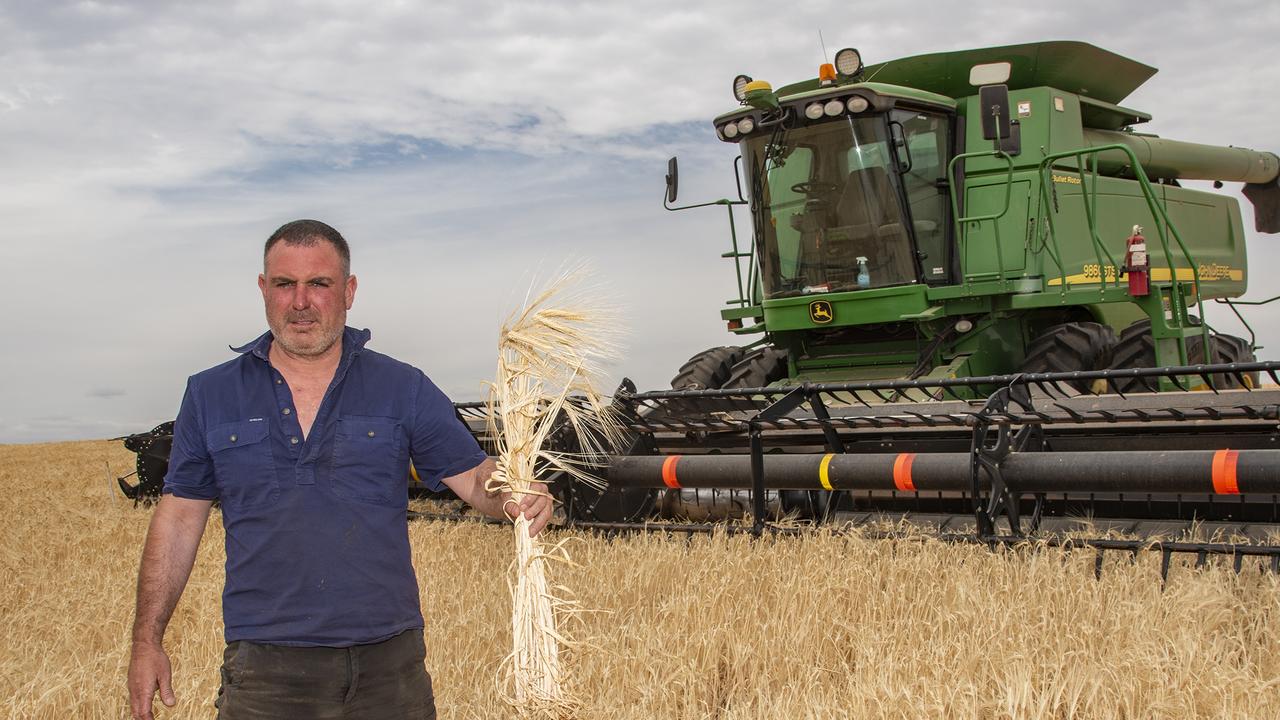Growers try to sell offshore as domestic demand stays low
In a season with low domestic demand, growers value the consistent demand for export oaten hay, but challenges remain for hay exporters.

THE latest export hay data tells the story of the recent hay making season.
January exports from South Australia and Victoria were both down 14 per cent year on year, while exports from Western Australia were up a massive 33 per cent.
This boost in WA can be primarily attributed to the high quality of oaten hay in the state compared to the eastern states, but processing capacity is also expanding in all states.
Clearly the import customers in north Asia are showing a strong preference for the clean, bright, rain-free hay of the WA wheat belt rather than the dark and bleached rain damaged hay of eastern Australia.
Despite the patient marketing efforts of exporters, new meaningful demand for rain-damaged hay is yet to surface.
There are early signs that South Korea, the number three importer of Australian cereal hay, is considering the opportunity of lower-cost, rain-impacted hay.
According to the values of hay exported in January, hay from Victoria was $105 a tonne cheaper than hay from WA. But lower hay prices are still not inspiring new demand on domestic markets.
Cereal hay remains the largest volume of traded hay, yet buyers are chasing other higher protein hay types.
According to brokers, buyers have been showing a strong preference for lucerne and the higher quality vetch hay from the 2019 season.
The remaining parcels of vetch hay are typically high in fibre with energy content under 8.5 units of ME.
Demand for cereal hay will be determined by some exceptional changes in weather.
Livestock requirements for the current season appear to be adequately met by fresh pasture growth, ample standing dry feed and generous stocks of homegrown hay and silage.
Downwards price pressure may appear if sellers want to clear bales from their sheds before the new crop.
As many broadacre croppers have higher than average revenues this season, they may be less enthusiastic in dropping prices.
The lack of demand for domestic hay has some growers considering sowing a few paddocks of export oaten hay and abandoning vetch hay.
Unlike the grains industry, hay exports are entirely dependent on the cost and availability of containers. Rather than exporting containers of hay to north Asian ports, shipping companies have a strong incentive to reposition their containers to the higher paying routes of Europe and the US.
The current challenges of high rates for the Australian dollar and shipping are not reflected in prices for export hay.
Market signals are poorly reflected in prices for export hay. Often a single contracted price 12 months before shipping, with or without top-up payments, is the only price signal provided to hay growers.
Export demand is shaping up as the only reliable source of demand in the current market. Given the poor quality of hay baled in 2020 and the lack of high-quality carry-over hay, the export demand for good quality cereal hay next season is likely to be strong.
MORE
BUYERS, GROWERS MAINTAIN STANDOFF OVER PRICE DIRECTION
CHEAPER HAY GIVES BUYERS OPTION OF HOLDING OFF OR STOCKING UP


